This Oat and Goat Milk Soap recipe with coconut and olive oil is a nourishing and moisturizing soap-making that is perfect for those with dry or sensitive skin. These ingredients create a soap that not only cleanses the skin but also nourishes and protects it.
Ingredients
- 454 g frozen goat’s milk, broken into chunks
- 425 g coconut oil
- 850 g olive oil
- 182 g lye
- 1/4 cup Colloidal oats powder
Instructions:
Step 1: Measure your oils, making sure they are completely melted, and combine them in a pot. If your coconut oil is stored at room temp you will most likely need to melt it. We use a double-boiler on the stove. Stirring will speed up the melting process once it gets going.
Step 2: Measure frozen goat’s milk into a bowl, tare your scale, and then add the correct measure of lye on top of the frozen goat’s milk. Stir with non-reactive (stainless or silicone) and implement until the mixture is smooth. (freezing the milk helps keep the heat from the lye/liquid reaction from burning the milk sugars)
Step 3: Combine the lye solution and melted oils, being VERY careful not to splash.
Step 4: Mix with a stick blender until you achieve a “trace”. Trace is when the mixture reaches a thickness similar to pudding and you can see the path your blender makes through the mixture for more than a few seconds. If you take the temp when you first start blending you should see it rise about 4-5 degrees by the time you get to trace. Be careful not to go too far past the trace or your soap may have trouble solidifying.
Step 5: Once your mixture has reached trace, gently stir in the ground oat powder and then pour into your lined mold.
Step 6: Let the soap solidify for a good 24-48 hours before turning it out of the mold and cutting it into bars.
Step 7: Stand the bars up in the box you previously used as your mold and allow them to cure in a well-ventilated area for 3-4 weeks. During this time the bars will continue to firm up and finish saponification, assuring that there is no lye remaining in your soap.

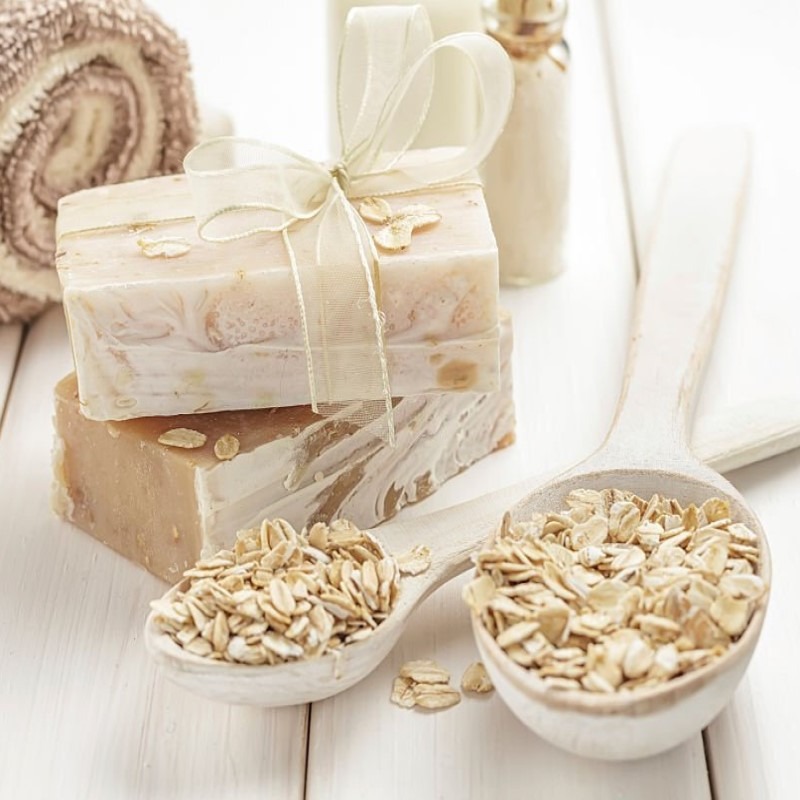

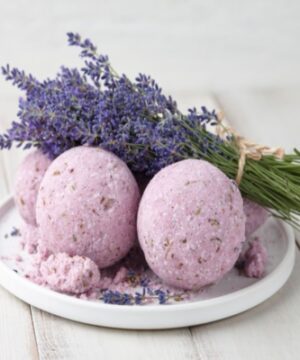
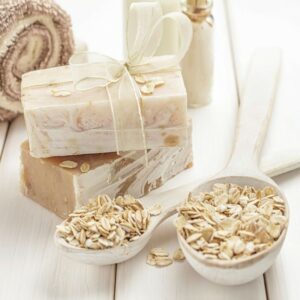
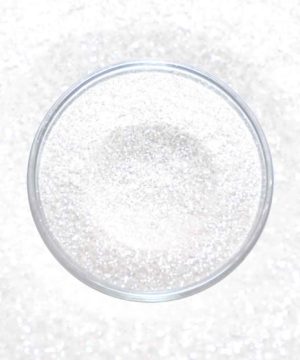
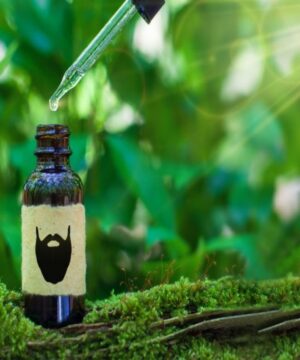
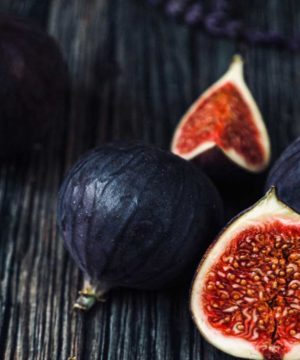
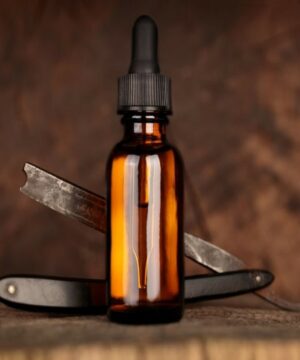
Reviews
There are no reviews yet.